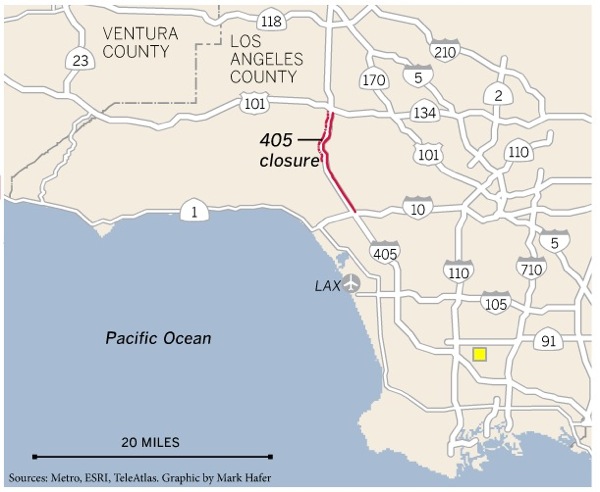One of the more popular memes flying around my pro-gun-loving friends on Facebook that either features Stewie noting that if guns kill people, then spoons make people fat and pencils cause grammar errors. I’ve written before about the connection between human agency and our material lives–e.g., that I suspect that tools and environments do factor into and shape human behavior, including choices. No, I don’t think that spoons make people fat, but it seems pretty clear that a simple choice to over-eat and under-exercise, the judgment levied at we fat people for ages–is also not a particularly good predictor of obesity. It turns out that families, neighborhoods, cultures, and food systems are pretty important supports in health systems. So maybe not spoons, but lots of other things residing very far outside of individual choice, do seem to matter. Turns out, child abuse is a pretty good predictor of obesity. Go figure. Treat a kid like crap and he learns his body isn’t worth loving or caring for. There’s a shocker.
That said, one of the analogies that is absolutely sticking in my craw concerns cars and guns. The old “Cars kill more people than guns, so why don’t we ban them” argument. First, there is a question about whether that is likely to remain true–see here, in the Economist.
And second, even if it is true, the fact that this argument is made tells us a lot about where Americans are in really understanding how our tools affect our lives.
To wit: we have long known that cars kill people and are, in general, not good for us, even as they provide copies mobility. As a result, we’ve worked and worked and worked on making cars much safer, and we have worked and worked and spent and spent and spent trying to get people to use them less! And while those on the left are likely to credit stricter standards and regulation with improving safety, those standards and regulations have come about not because government is looking after us, but because the insurance industry has skin in the game of crash deaths and injuries. They have been a very vocal lobby for enhanced vehicle safety.
If we had spent the time and the resources making guns safer as we have done with cars, guns might be safer. But it’s not like we haven’t spent any time and resources on guns: we have plenty of new technologies on firearms–in order to make them more effective.
Which is where every analogy breaks down, in the teleology. Cars are for mobility; injury and deaths are a side-effect. Pencils are for writing, and grammar problems are side-effect. Spoons are for eating, and perhaps over-eating and obesity is a side effect.
But the whole point of guns —the telos–is to injure and kill, or at least threaten to injure and kill, for some other end: robbing, protecting, what have you. I doubt empirical evidence will ever convince gun-lovers that they and their family are probably not the exception to the statistics: they feel safer with guns, they want them, and there’s no reasoning around preferences. These folks think they are the exception, they are the exception, they are the exception: there was that one guy that one time who used his gun to stop a violent crime, and the media just didn’t cover it, because liberal media bias, and I’m competent like that one guy, not like the 100s of people who shoot themselves in the butt at Walmart.
I have long argued that we need to dispense with “car insurance” and “home insurance” and just require “personal liability and damage insurance.” If you, Bob, want to own a house and gun and drive a car, then insurance companies will figure what it takes to insure you, and you get to figure out if that is worth the costs. If you, Billy, want to ride a bike with no gun and live in a condo, then insurers will figure that out, too. That way, if the gun owner shoots his ass off in Walmart, well, then it’s on his insurance and not on health insurance to pay for it. If Billy the Bike Rider rides like an asshole and runs over some little old lady and breaks her hip, he’s on the hook exactly the same way he would be if he had driven a car and done the same injury.
THEN we would see real interventions into the gun market because insurance companies would have skin in the game, there, too, and there would be lots of incentives to have people sign up for classes on safety and other things that might help reduce the social costs.
